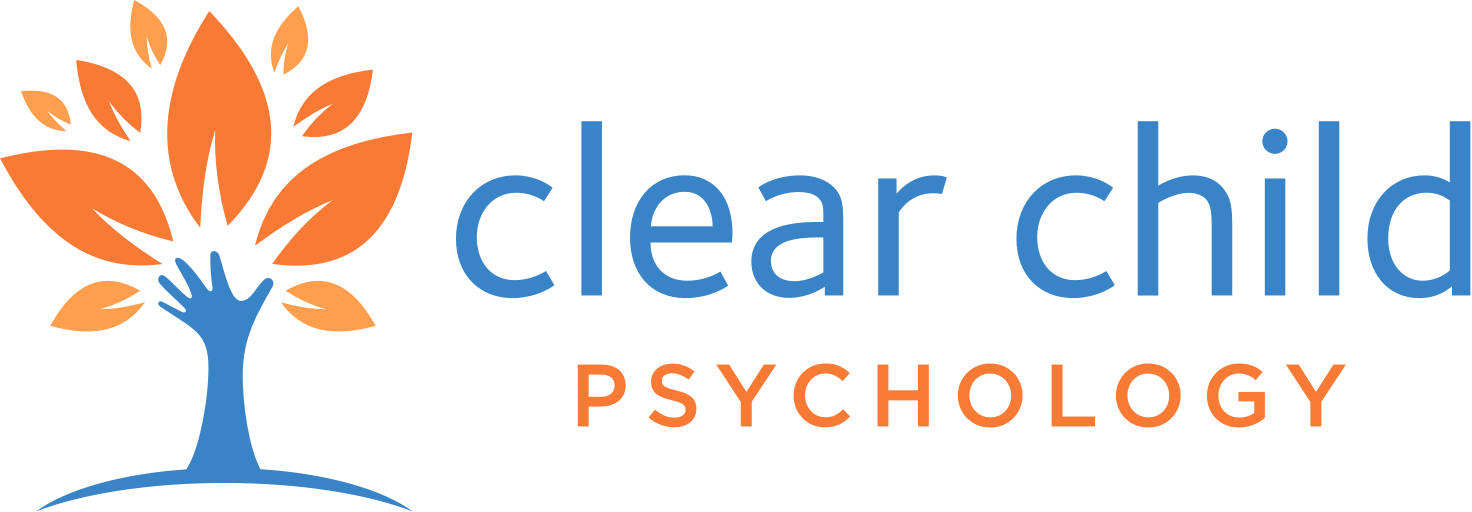CBT with use of Exposure and Response Prevention as appropriate. Cognitive Behavioral Therapy (CBT) is a modality with considerable research to support its effectiveness. With anxiety, often strategies can be taught and practiced in a setting that may be time limited. Eight to 10 sessions may be sufficient in building confidence and coping skills. CBT can be paired with exposures, which are response prevention treatments that are slowly introduced in a gradual manner, giving anxiety time to dissipate within the situation. For example, a child with Separation Anxiety may work to gradually separate a few feet at a time from mom or dad during therapy sessions until gradually the child can be in the therapy room with a parent in the waiting room. Then, CBT work focusing on understanding anxiety, recognizing worry, and the fears associated with separation can be accomplished. Anxiety treatment is often individual therapy, but it may also be delivered in a group setting. “Facing Your Fears” is a curriculum that is delivered in parent and child groups and is geared at treating phobias in children who also have Autism Spectrum Disorders.
Some goals of CBT include the following:
Increase Emotional Awareness. Activities to help your child recognize emotions may include drawing emotion faces, role playing and acting out different emotions, and recognizing them in the therapist. If CBT is offered in a group setting, emotions are recognized through engagement with group members. Practice recognizing emotions at home, starting with positive ones and moving to anxiety, sadness, and other negative emotions. Children learn about the benefits of anxiety and when worries are too much. Journaling and completing homework assignments related to the emotional awareness goals can help some children remember and practice their skills at home.
Improve Coping Skills. CBT often teaches and helps kids identify and practice coping skills, such as deep breathing, relaxation, reading, listening to music, taking a walk, jumping on the trampoline, or talking to a friend. Children learn to stop and identify their feelings and use a coping skill or to try an anxiety-producing task with support. They work with a therapist to recognize the antecedents, behaviors and consequences associated with their thoughts and feelings.
Work to improve self-confidence. CBT focuses on identifying thoughts that lead to certain behaviors and determining whether those thoughts are valid or whether they are cognitive distortions. Children learn to combat negative thoughts and to see actions and experiences not as global and uncontrollable but as singular instances and under a child’s control.
Mindfulness. Mindfulness involves recognizing and accepting feelings and allowing them to just be. This practice involves scanning the body to notice any tension and working to let that tension go. Awareness of the present time and accepting thoughts and feelings are important in Mindfulness.
Relaxation and Meditation. Breathing and relaxation are encouraged in mindfulness and can make a big difference in reducing anxiety and the presence of negative, distorted thoughts.
Accepting Thoughts. Mindfulness focuses on acceptance and not the immediate push to change and criticize ourselves.
Play Therapy. For young children, play therapy utilizes toys and art to allow a child a safe setting to act out their feelings and experiences. Guided play therapy can introduce coping skills and emotional awareness into the play themes. This guided time may involve exploring the origins of the anxiety and processing these feelings.
Anxiety is a common diagnosis and can be treated. Taken together, it is valuable to obtain a diagnosis and to engage in the appropriate therapies as early as is feasible. With these supports in place, it is possible to see improvement in anxious symptoms, less avoidance, more engagement in life, fewer physical symptoms, better coping skills and emotional awareness, and the potential to live a happy life.


